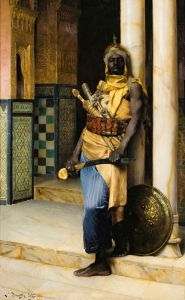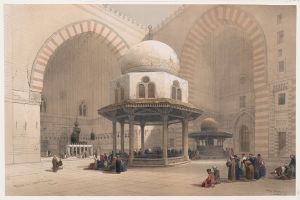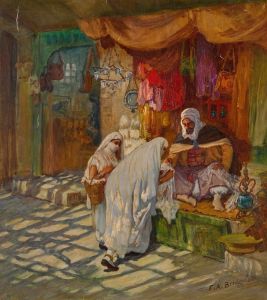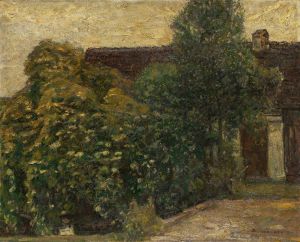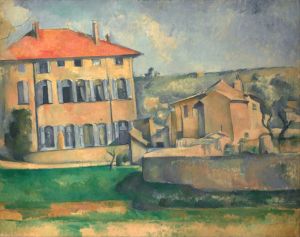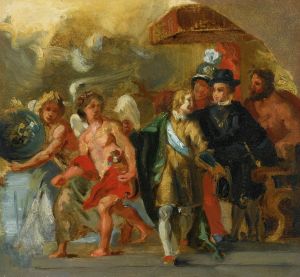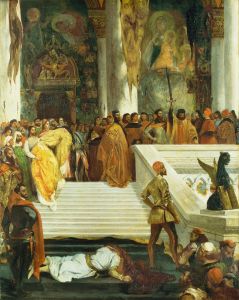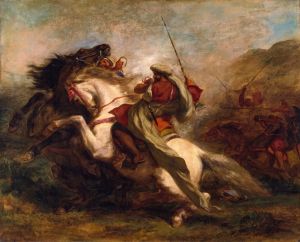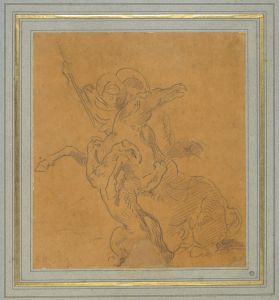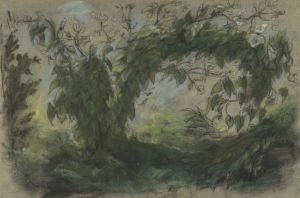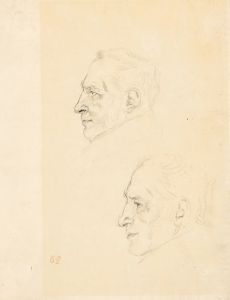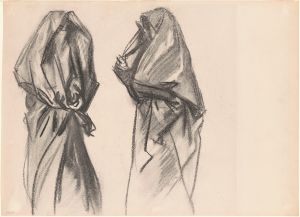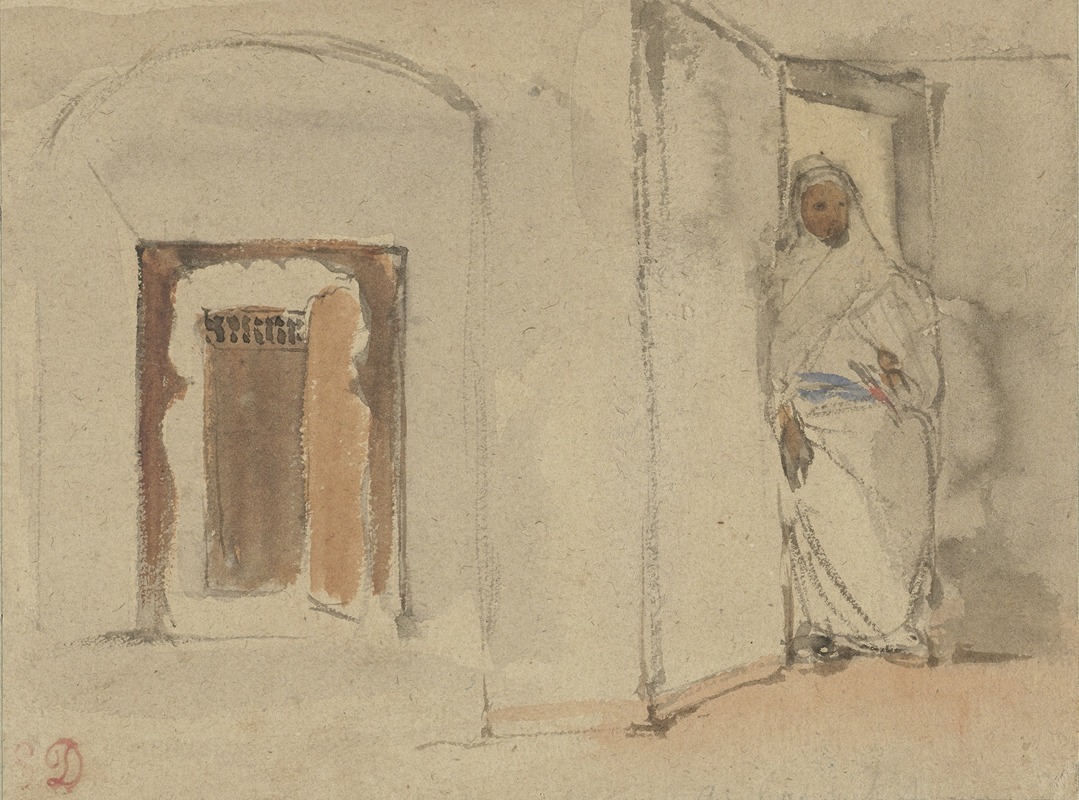
Arab in front of his house
A hand-painted replica of Eugène Delacroix’s masterpiece Arab in front of his house, meticulously crafted by professional artists to capture the true essence of the original. Each piece is created with museum-quality canvas and rare mineral pigments, carefully painted by experienced artists with delicate brushstrokes and rich, layered colors to perfectly recreate the texture of the original artwork. Unlike machine-printed reproductions, this hand-painted version brings the painting to life, infused with the artist’s emotions and skill in every stroke. Whether for personal collection or home decoration, it instantly elevates the artistic atmosphere of any space.
"Arab in front of his house" is a painting by the renowned French Romantic artist Eugène Delacroix. Delacroix, born on April 26, 1798, and passing on August 13, 1863, is celebrated for his vibrant use of color and expressive brushwork, which significantly influenced the Impressionist movement. His works often depicted dramatic and exotic subjects, drawing inspiration from literature, historical events, and his travels.
This particular painting, "Arab in front of his house," is believed to have been created during or after Delacroix's journey to North Africa in 1832. This trip had a profound impact on his artistic vision, providing him with a wealth of new subjects and a fresh perspective on color and light. The journey was part of a diplomatic mission to Morocco, but it also allowed Delacroix to explore the culture, landscapes, and people of the region, which became recurring themes in his work.
The painting depicts an Arab man standing in front of his dwelling, capturing a moment of daily life. Delacroix's fascination with the Orient, a term used in the 19th century to describe the Middle East and North Africa, is evident in his attention to detail and the authenticity of the setting. His portrayal of the Arab man is marked by a sense of dignity and calm, reflecting Delacroix's admiration for the people he encountered during his travels.
Delacroix's use of color in "Arab in front of his house" is notable for its richness and depth. He employed a palette that emphasized warm, earthy tones, which helped convey the heat and light of the North African environment. This approach to color was innovative at the time and contributed to the development of later art movements, such as Impressionism.
The composition of the painting is carefully balanced, with the figure of the Arab man positioned prominently in the foreground. Delacroix's skillful use of light and shadow adds a sense of three-dimensionality to the scene, enhancing the realism of the depiction. The background, while less detailed, provides context and situates the figure within a specific cultural and geographical setting.
"Arab in front of his house" exemplifies Delacroix's ability to blend realism with romanticism, capturing the essence of his subjects while imbuing them with a sense of drama and emotion. The painting is a testament to his enduring interest in exploring different cultures and his ability to convey the beauty and complexity of the world around him.
While specific details about the painting's current location or provenance may not be widely documented, it remains an important example of Delacroix's work and his contribution to the Romantic movement. His legacy continues to be celebrated for its impact on the trajectory of modern art, and "Arab in front of his house" is a reflection of his artistic vision and the cultural exchanges that shaped his career.





